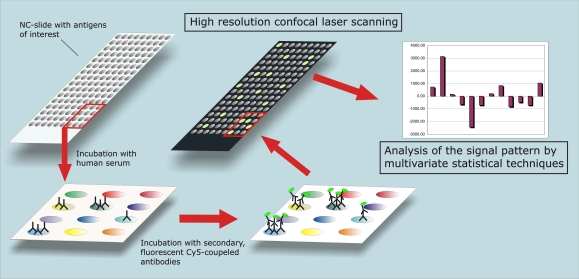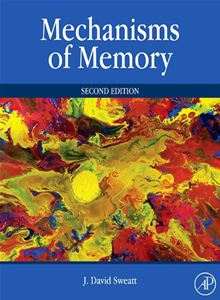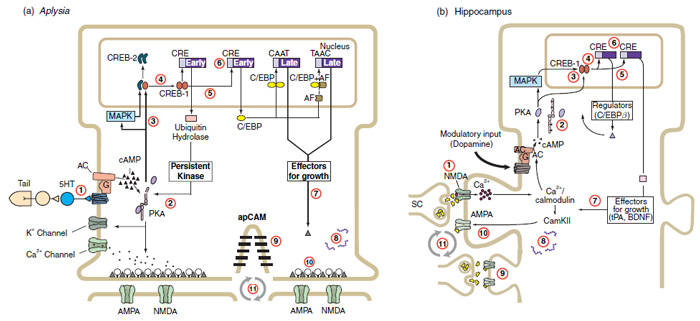Cindy Wagner, the future-savvy editor at The Futurist magazine is running a new feature, Disappearing Futures: What Won’t Be Around in 2030? Here are three things I proposed will greatly or entirely disappear over this timeframe: Endangered Languages, Economic Immigration Barriers, and Mass Fundamentalist Religious Intolerance. In the process I introduce an imminent planetary development that I’m particularly excited about: Global English. Agree or disagree? Let me know in the comments, thanks.

The leading language learning software on the planet. Soon to be disrupted by crowdlearning platforms like Duolingo, Memrise, etc.
By 2020, the ubiquity and affordability of wearable smartphones (Google glass, wristphones, etc), and the power of the conversational interface (Google Now, etc.) will give enterprising youth everywhere access to “teacherless education,” lifelong learning by conversation, both with remote peers and with the web itself. For kids in developing nations, the killer app of teacherless education will be learning a developed nations language while learning their own, increasingly from birth. Their wearable will “listen in” as they learn their native language and deliver the same words in the foreign language of choice, along with images, learning aids, and games that test proficiency. They can of course let their system post their developed world language skill level on global networking, recruiting, and microwork platforms (LinkedIn, oDesk, etc.), opening themselves up to new collaboration opportunities.
Imagine a Rosetta Stone that’s 24/7, free, wearable, conversational, and driven by crowdlearning, and you’re seeing what I call Global English. Check out Duolingo, a new crowdlearning platform for language learning and translation, and Memrise, a new platform for learning anything by crowdsourced memnonics, spaced repetition, and adaptive testing, and you’ll see two exciting examples of how the wearable web, learning science, and millions of connected people will bring us Global English in just a few more years.
Of the roughly 6,000 languages spoken today, perhaps 4,000 of the endangered languages will no longer be spoken by children in 2030 (making them “moribund”), and perhaps 90% of the remaining 2,000 will have lost users as well, as the languages of developed nations with the most open cultures increasingly take their place. While we mourn the loss of endangered languages and the minds that speak them, what matters most is ensuring that their cultural history, values, and semantic complexity are captured in the languages we continue to speak. We’ll also see many more scientific, technical, business, social, and artistic “languages” (knowledge systems, like coding) increasingly taught from birth with these amazing learning systems.

A mix of merit-based and humanitarian immigration has always been a key driver of economic and cultural wealth. Politicos may not want it, but the internet will accelerate global virtual immigration.
English, the global language of business today, and a language much easier to learn than Chinese, it’s closest competitor, will definitely benefit most, with Global English platforms bringing English-speaking nations as many as 1 billion new “virtual immigrants” by 2030. Though most of these will still be kids under 18 in 2030, the wearable web and Global English may grow the total potential English-language workforce on the order of 30-50% in two decades, a growth rate we haven’t seen since Industrial Revolution-era immigration to the US and UK. At the same time, in the high-bandwidth 2020’s, many economic barriers to participating in the global economy will disappear. Eager underemployed youth anywhere, speaking the same language and increasingly understanding the same global culture, will be able to work with large and small companies everywhere, vastly accelerating global innovation and entrepreneurship in the 2030’s and beyond. That will be an amazing time.
While most youth and adults will use wearable machine translation for any contact with outside cultures, such mediated systems will never be as fast or fluid as knowing the foreign language itself, and the “death of language learning” predicted by some futurists by the 2030’s won’t occur. Instead we’ll see growth in foreign language learning at some threshold of marginal opportunity and native speaker number (perhaps 5o million?), and rapid growth in a handful of the most influential global languages, and in particular, English. Companies like Open English are already using the web to accelerate English-language learning today with $1000, yearlong, four-person online classes with proficiency guarantees. Imagine what will happen when this price drops to free, as with Duolingo and Memrise, the learning is 24/7, and the AI and crowdlearning tools get really good.
A key motivation to consider is how the parents who push their children to learn a leading foreign language (or two) will give those children both measurably greater economic opportunities and I believe, provably greater collaborative and cognitive fluencies, since learning a foreign language and getting immersion experiences in that culture, even digitally, allows you to better think in, work with, and understand that culture. Although there are as yet no good measures for the semantic size of vocabularies in our languages, (a topic we care about, unlike R.L.G.’s conclusion in the post I’ve linked to) it is well known that leading languages have by far the largest semantic vocabularies by comparison to languages spoken by just a few hundred thousand people. English is often claimed to have a special place in this regard, having absorbed so many words and concepts from other cultures, and with deep technical vocabularies, that some estimate that it has over 1 million words now. Of all the knowledge bases one could easily learn at birth, choice of language(s) seems key. Linguists and cognitive psychologists have argued for decades that language influences thought. What we can all agree on is that semantic complexity influences thought, and that some languages have much more of it than others. It is also true that learning just a tiny percentage (perhaps 2%?) of the words in most languages can give you basic fluency in that language, and we can expect to see a lot more of this kind of polyglot learning of languages in the future.
One day, when we hit the tech singularity (which I’m guessing will be in the 2060’s, and it’s just a guess because acceleration studies doesn’t exist yet as a funded field, we have some waking up still to do) I imagine the AIs will create, and teach us all, a new global language that is a semantic mashup of all the best of our global cultures, even more than our mongrel English, and with a structure that is grammatically easier and phonetically far more efficient (perhaps by using all 100 phonemes we use across all cultures, instead of just the 20 or so in a typical language) than anything that exists today. An Esperanto for the late 21st century. But until that time arrives, what seems obvious to me is that English, the most widely taught foreign language today, will continue to win as the collaboration language of choice in coming decades, just as cities will continue to win over rural areas. And those who speak in any language will have a much richer ability to interact with all others who use that language.
 Now for perhaps the most controversial prediction. As long as global science, technology, free trade, and wealth continue to accelerate, as I expect they will, and our resilience to catastrophes of all types continues to grow, all the major religions and ideologies will grow more ecumenical and secular as well. Mass fundamentalist religious intolerance, still a serious issue today (Islamists of the West, Hindus of Dalits, Christians of gays, etc.) will be decimated in the ambiently intelligent, hyperconnected world of 2030. Specifically, fundamentalist religious movements ability to use economic or other catastrophes to roll back social reforms at national levels, will have disappeared for good, in any nation. Consider the Iranian Revolution in 1979, where mass religious fundamentalism, reacting to the “catastrophes” of corrupt governance and reckless modernization, rolled back personal freedoms and social development perhaps a century or so.
Now for perhaps the most controversial prediction. As long as global science, technology, free trade, and wealth continue to accelerate, as I expect they will, and our resilience to catastrophes of all types continues to grow, all the major religions and ideologies will grow more ecumenical and secular as well. Mass fundamentalist religious intolerance, still a serious issue today (Islamists of the West, Hindus of Dalits, Christians of gays, etc.) will be decimated in the ambiently intelligent, hyperconnected world of 2030. Specifically, fundamentalist religious movements ability to use economic or other catastrophes to roll back social reforms at national levels, will have disappeared for good, in any nation. Consider the Iranian Revolution in 1979, where mass religious fundamentalism, reacting to the “catastrophes” of corrupt governance and reckless modernization, rolled back personal freedoms and social development perhaps a century or so.
In the wearable web world, political activism will surely be accelerated, but it will also be far more transparent and accountable to public sentiment. Tolerance for both mass and individual intolerance and extremism will go out the window, as the costs of extreme and intolerant views and behaviors will be delivered not only to our televisions, as occurred in the Vietnam War in 1960’s US, but to our bodies, everywhere and continously. Political and religious fundamentalist backlashes within subcultures will always be with us, but we can expect (and hope) they’ll be far more circumscribed, weak, and short-lived. We can predict that as long as sci-tech accelerations continue, Global Gen Z youth, interacting socially with an intimacy and concurrency that we can only dream of today, will overwhelmingly see mass fundamentalist intolerance as extremist, arrogant, and counterproductive.
Still don’t believe the third prediction? Read Pinker’s The Better Angels of Our Nature: Why Violence Has Declined, 2012, for a masterful expose of this global megatrend. Amen!
About the Author: John M. Smart is a technology foresight scholar, educator, speaker, and consultant. President, Acceleration Studies Foundation. Blog: http://EverSmarterWorld.com


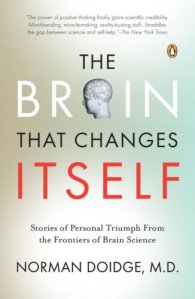

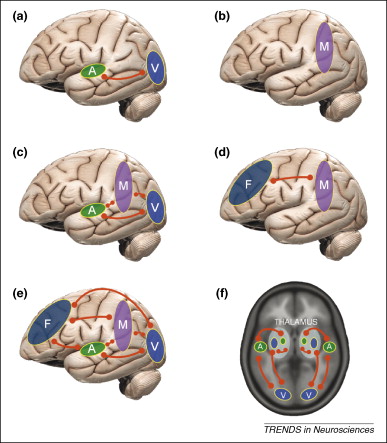
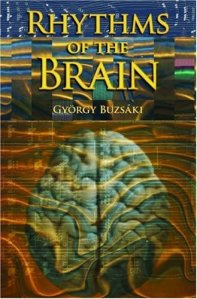
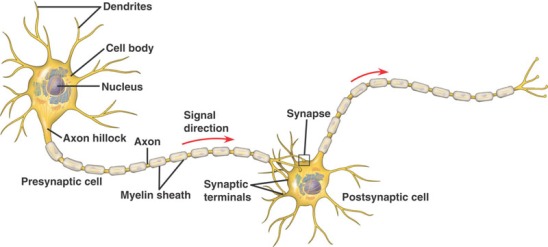
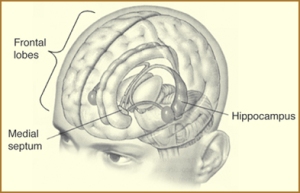

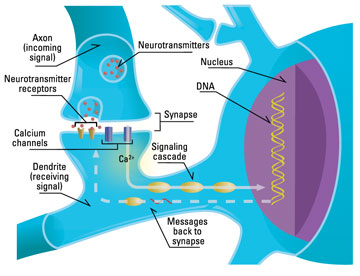



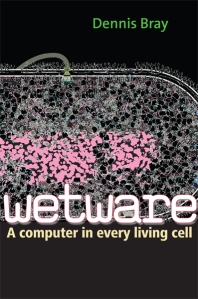 Until
Until 

